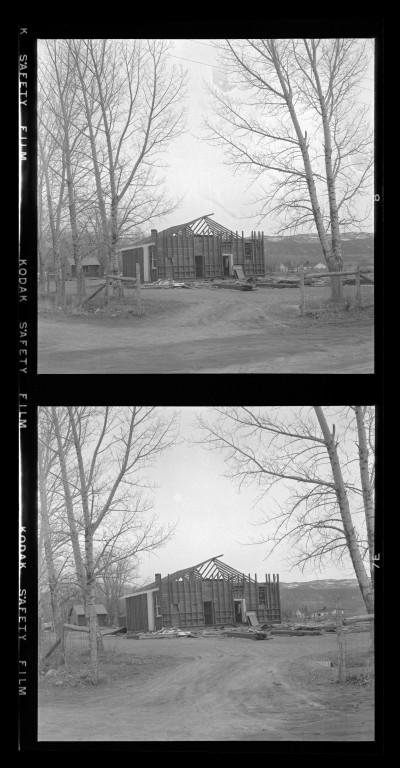Adapted from Linda King Newell, and Vivian Lindford Talbot. A History of Garfield County. Salt Lake City: Utah State Historical Society, 1998. “Antimony, Utah.”

Antimony, in Garfield county, is only a few miles away from the Paiute county line, so Antimony’s history is tied closely to both Utah and Garfield county. Like other Utah towns, Antimony went through several different names, based on events in the area. Albert K. Thurber, George Bean, and twenty other men traveled through the Antimony area on their way to a peacekeeping expedition to meet with local Native Americans at Fish Lake in 1873. The grass in the Antimony area was so tall that the men decided to name the area Grass Valley. Thurber and Bean caught several Coyote pups near a stream in Grass Valley and decided to call the stream Coyote Creek. Several settlers resided near Coyote creek around 1873, but they did not stay long. In 1875, Isaac Riddler brought some cattle to Grass Valley to graze, and later founded the town of Coyote. Several other families settled in the area, and by 1878, the town had some irrigation and several families.
Coyote had ties with the United Order settlement in nearby Kingston in the late 1870s, and when the leader of the United Order, Thomas Rice King, died in 1879, Coyote received an influx of settlers moving from Kingston to the Coyote area. By 1880, Coyote was an established community, with a one room log cabin that served as both a schoolhouse and the meetinghouse for the local branch of the Church of Jesus Christ of Latter-day Saints.
That same year, Antimony, a bluish-white, brittle, metallic element, was discovered about eight miles from Coyote. There were some attempts at mining the element, but it was not very profitable, and mining did not last long. Coyote remained largely rural, with farming and ranching being the mainstays of livelihood.
Antimony mining saw a resurgence in the Coyote area around WWI. It was a short-lived boom, ending with the war. So much Antimony was taken out of the area, however, that the settlers decided to rename the town Antimony in 1920. The New Deal years saw the implementation of a culinary water system. Antimony made a large contribution to America’s efforts in World War II, with forty-two men serving in the military, out of a population of less than three hundred. Residents contributed to the scrap iron and recycling efforts of the home front as well.
Although modernity came to Garfield county, Antimony, like the county in general, faced economic challenges as farming became less profitable and people moved elsewhere for work. The population declined following the war, though it rose from 83 in 1990 to 122 in 2010. Recently, the town has become known for their Fourth of July fireworks display.